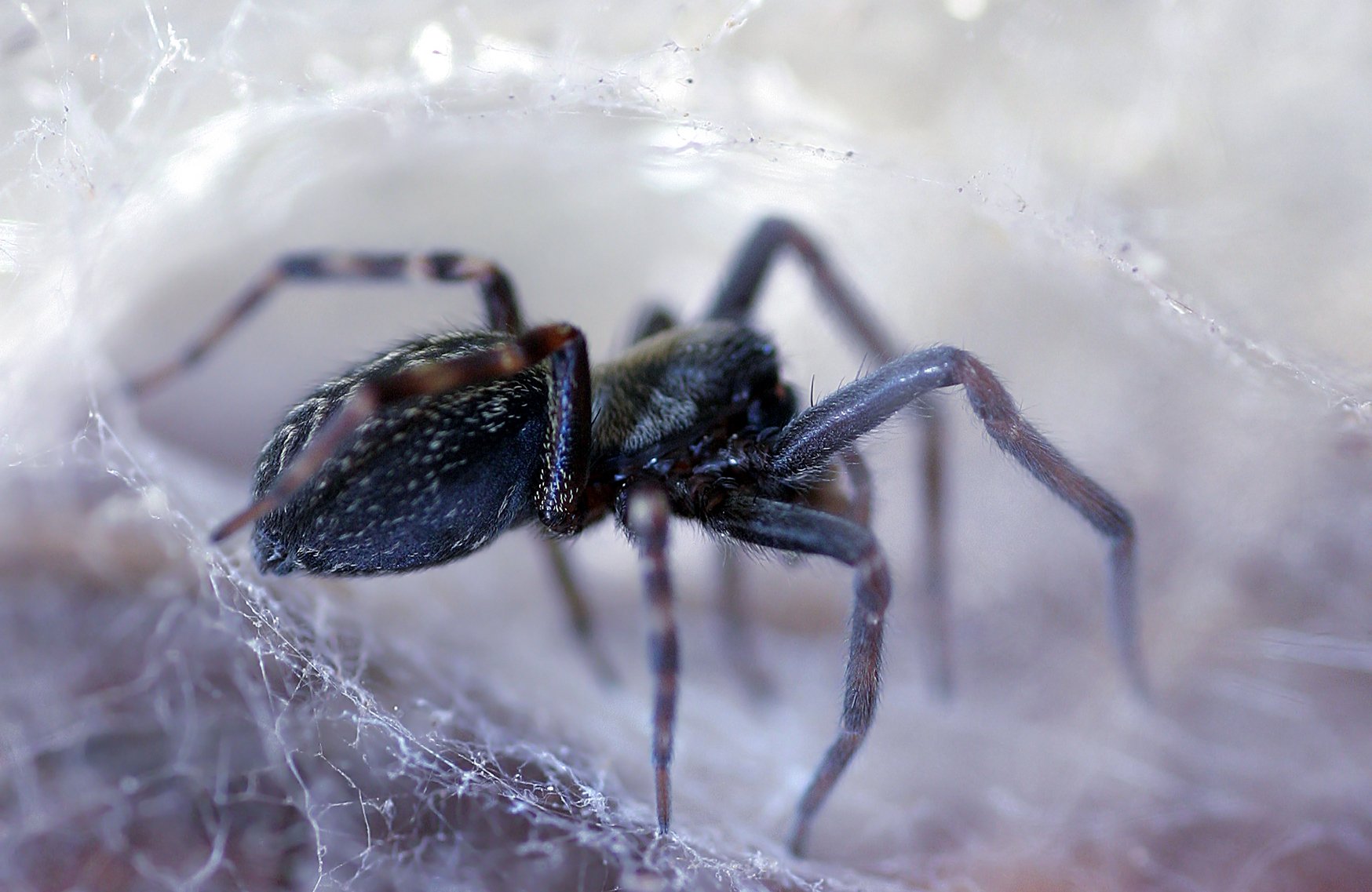Unveiling the Mystery of the Black House Spider: A Guide to Understanding and Coexisting
The black house spider, scientifically known as Badumna insignis, is a common arachnid found in homes across various regions. Despite their intimidating appearance, these spiders play an essential role in maintaining a balanced ecosystem by helping to control other pests. In this article, we will delve into the world of the black house spider, exploring its characteristics, behavior, and how to peacefully coexist with these misunderstood arachnids.
1. Meet the Black House Spider:
The black house spider is a medium-sized spider known for its dark coloration and robust build. Typically, adult females are larger and more noticeable than males, with a body length ranging from 10 to 18 millimeters.

2. Characteristics of Black House Spiders:
-
Physical Features: As the name suggests, these spiders are predominantly black or dark brown in color. They often have a glossy appearance, which can make them appear even more intimidating.
-
Web Building: Black house spiders are known for constructing messy, irregular webs that are often located in sheltered areas around homes, such as eaves, window frames, and corners.
3. Behavior and Diet:
-
Diet: Black house spiders are not aggressive towards humans and primarily feed on flying insects like flies, mosquitoes, and moths. They play a valuable role in natural pest control.
-
Web for Ambush: Unlike web-building spiders that actively hunt, black house spiders build webs for ambushing prey. They wait patiently for insects to become ensnared in their web.
4. Venom and Bite:
-
Venom: Black house spiders do possess venom, but their venom is not considered medically significant to humans. Bites are rare and generally cause localized pain, redness, and swelling, similar to a bee sting.
-
Non-Aggressive: It's important to note that black house spiders are not aggressive and will only bite if they feel threatened. Avoid provoking them, and they are unlikely to bite.

5. Coexisting with Black House Spiders:
-
Understanding Their Role: Black house spiders are beneficial to have around, as they help control other insect populations in your home. Consider them as natural pest controllers.
-
Web Removal: If you prefer not to share your living space with black house spiders, gently remove their webs when you come across them. This will encourage them to build their webs elsewhere.
6. Professional Help:
If you have a severe infestation of black house spiders or are unsure about their identity, consider contacting a pest control professional for a thorough assessment and guidance.
The black house spider, while often misunderstood and feared, plays an important ecological role as a natural pest controller. By understanding their characteristics, behavior, and the benefits they bring to your home, you can choose to peacefully coexist with these arachnids. Remember that they are generally non-aggressive and only bite when threatened. So, the next time you come across a black house spider, take a moment to appreciate its role in maintaining a balanced ecosystem and consider allowing it to continue its vital work in your home's natural pest control system.

